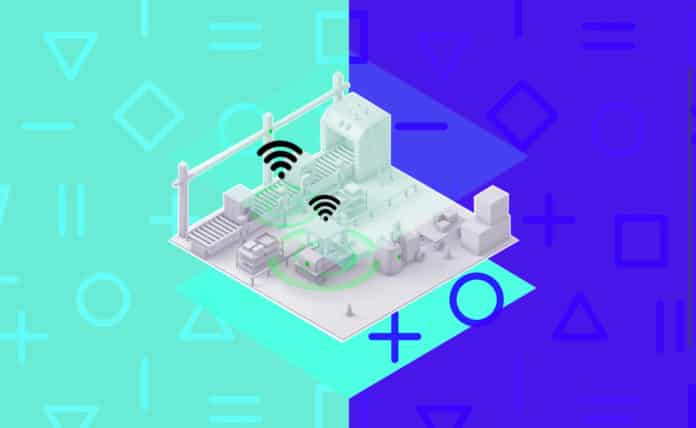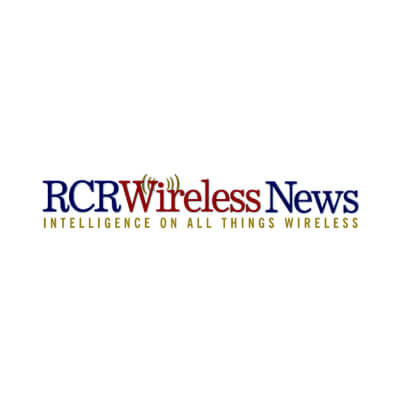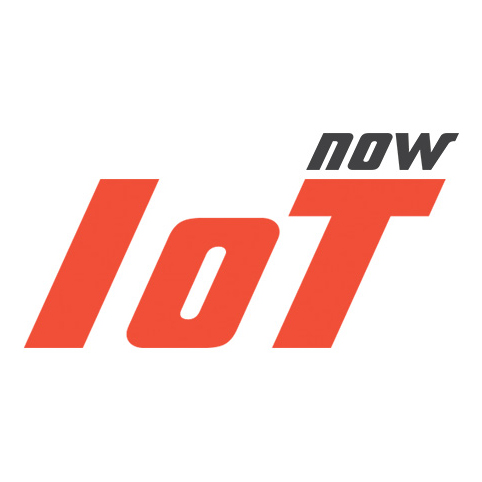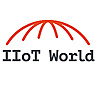
This article is an overview of Bluetooth Low Energy-based (BLE) indoor tracking IoT solutions. While BLE has been around for years, only recently has it taken off as a means of tracking assets indoors. BLE is among the first technologies used for indoor tracking. It’s relatively well established, and some companies already claim that they can provide location services accurate to about 1-2 meters.
The indoor asset tracking space is fairly young. As a result, there is no clear best option. This article presents what’s important to know about BLE when making decisions about indoor tracking solutions that may leverage Bluetooth connectivity.
What is BLE?
Bluetooth Low Energy (BLE) is a low energy implementation of Bluetooth. Created in 2001, BLE was an attempt to fill the gap that the Bluetooth SIG perceived in contemporary wireless offerings for low energy and low-cost wireless protocols. BLE was slow to take hold, but it accelerated exponentially after its first inclusion in a smartphone in 2011.
BLE was designed from the ground up to have a similar range to Bluetooth “Classic” (about 330 feet) while using significantly less power than its predecessor. In order to conserve power, the data transfer rate for BLE is about one-tenth and the latency is about five times that of standard Bluetooth. While BLE isn’t a powerhouse for transferring tons of data, its an excellent application for applications with low data transfer requirements—like indoor tracking—where data can be sent in small chunks periodically.
How Does BLE Indoor Tracking Work?
All configurations for a BLE network rely on two major components: BLE beacons and a BLE hub for sending data to the Internet. These components can then be combined in two different ways. The first places the low powered beacons in the environment and relies on mobile hubs like smartphones to send data and signal strength measurements to the internet. The second places the hubs in the environment and positions the low-power tags on trackable assets such as a crate of inventory in a warehouse.
Once a configuration is chosen, the means of calculating location are essentially the same. For rough proximity calculations—such as whether or not a person carrying a hub is near a forklift, or whether a person is within a large room—the existence of a known tag or hub in that area can be used. When more precision is required, BLE relies on a property known as received signal strength indicator (RSSI) to calculate how close a beacon is to a hub using a fairly complex formula called trilateration. The formula relies on knowing several defining characteristics of the BLE hub being used. These distance calculations are then combined across at least three hubs to triangulate a location. Unfortunately, RSSI distance calculations are tricky and can be unreliable. Most commercial systems aid these calculations with additional information. The most common way of aiding these is to map the RSSI values in a building after setting up all of the hubs and then to use this known set of values to assist the triangulation calculation.
A Software Problem
The hardware for BLE tracking is relatively commonplace. Getting started is as simple as picking up some BLE beacons and provisioning them through a smartphone. On the other hand, the software for BLE tracking is where all the magic happens. Several companies already exist that provide BLE tracking as a service. Each has its own flavor of implementation. Very few of these applications rely purely on BLE. Typical technology pairings include Ultra-Wideband (UWB) and Ultrasonic tracking. Combinations like these are common because each technology has its strengths and weaknesses; no single indoor tracking method is perfect on its own—yet.
Conclusion
BLE is a relatively well-established method for indoor tracking, but the indoor positioning space is still quite new and uncertain. Technological fragmentation and a lack of any “one-size-fits-all” solution means that implementation can be messy. BLE still works best when complemented with other technologies that help it become as effective as possible. It’ll be interesting to see the role BLE takes in shaping the future landscape of indoor tracking.




 Contact Company
Contact Company





 Latest IoT News
Latest IoT News









